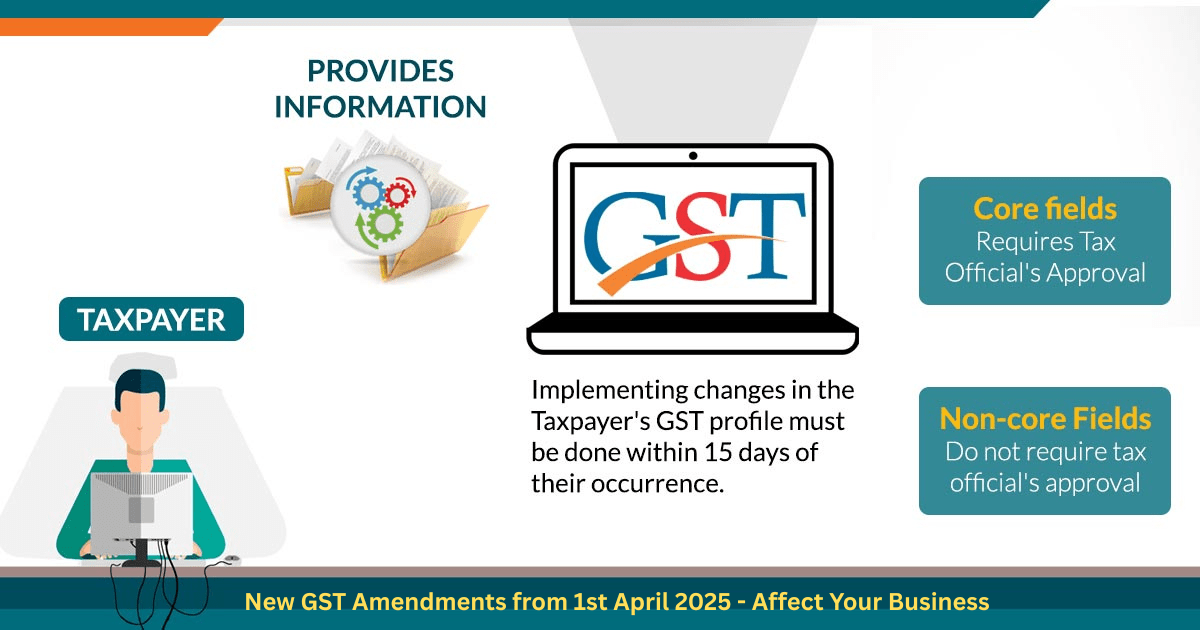“Is our intelligence becoming artificial ? Are our minds being controlled by the thought that we will depend upon a robot ? To answer my above questions you might need the help of MetaAI or ChatGPT, but the good part is that it is your choice, you have the power to make a decision on what to depend upon !
Ever felt like “AI’ and “machine learning” are tossed around like confetti at a tech conference? You’re not alone! Let’s unravel the jargon and get real: We live in a world where AI and machine learning aren’t just sci-fi buzzwords; they’re quietly (and sometimes loudly) shaping our everyday experiences. AI (Artificial Intelligence) is the big picture, the grand dream of creating machines that can mimic human intelligence. Think of it as the umbrella term. Machine learning (ML) on the other hand, is a tool within that umbrella, a specific method that allows machines to learn from data without explicit programming. It’s like teaching a child to recognize a dog by showing them tons of dog pictures, rather than writing a rulebook of “dog features.”
Think about the last time you streamed a movie. Did you notice how eerily accurate the recommendations were? That’s ML at work, analyzing your viewing habits and predicting what you’ll enjoy. Or maybe you’ve used a voice assistant to set a reminder or check the weather, that’s AI in its more conversational form, trying to understand and respond to our requests. The algorithms that we are surrounded with curate our social media feeds to the fraud detection systems that protect our bank accounts.
But it’s not just about convenience, AI is making real and tangible differences in critical sectors. Let’s see AI in action, because it’s already woven into the fabric of our daily lives in the following :
- Healthcare: Imagine an AI that can analyze medical images faster and more accurately than a human radiologist, detecting cancer in its earliest stages. That’s not science fiction; it’s happening! AI-powered chatbots are also providing personalised health advice and scheduling appointments, freeing up doctors for more complex cases.
- Healthcare: Imagine an AI that can analyze medical images faster and more accurately than a human radiologist, detecting cancer in its earliest stages. That’s not science fiction; it’s happening! AI-powered chatbots are also providing personalised health advice and scheduling appointments, freeing up doctors for more complex cases.
- Business: Did you ever wonder how Amazon recommends products you might like? I believe you might have the answer, Correct ! That’s ML at work, analyzing our past purchases and browsing history. AI is also revolutionizing customer service with chatbots that can handle routine inquiries, and optimizing supply chains for greater efficiency.
- Education:It’s allowing teachers to tailor lessons to individual student’s needs and identifying areas where they need extra help. Intelligent tutoring systems can adapt to each student’s pace and learning style, making education more engaging and effective.
Benefits of Artificial Intelligence in Journalism Sector
The field of Journalism is being transformed by making news production faster, more efficient, and data driven. By automating tedious tasks like transcription and data sorting, AI frees journalists to focus on in-depth reporting and investigative work.
Exemplification :
Imagine a newsroom where AI isn’t replacing journalists, but empowering them. It’s like having a super-powered research assistant that can collect mountains of data in seconds, spotting trends and flagging potential misinformation long before a human could. This tech can also generate real-time insights, giving reporters a clearer picture of unfolding events.
Beyond that, AI can help tailor news experiences, making content more engaging for different audiences, and even create quick summaries.
And what about the Future?
The future of AI is both exciting and daunting. Imagine a world where AI helps us solve some of our most pressing challenges, like climate change and poverty. Picture personalised education for everyone, regardless of their background, or medical breakthroughs that extend our lifespans and improve our quality of life. This isn’t just wishful thinking; it will be manifested with the help of AI. Looking ahead, AI’s role in journalism promises a fascinating shift. It’s a chance to amplify the human heart of storytelling, not replace it. The future of AI will certainly allow journalists to focus on what truly matters: connecting with people, sharing their truths, and holding power accountable.
However, this rapid advancement also brings up important questions. Are we becoming too reliant on these technologies? How do we ensure that AI is used ethically and responsibly? These are conversations we need to be having, not just in tech circles, but in our communities, our schools, and our homes. We need to remind ourselves that AI is a tool, and like any tool it can be used for good or for ill. It’s up to us to shape its future.
Conclusion
The age of AI is upon us. It’s not a question of if it will impact our lives, but how. By staying informed, engaging in critical thinking, and demanding ethical development, we can ensure that AI becomes a force for good, shaping a future where technology harmonizes and empowers humanity. Yes, there are shadows of concern – the fear of losing that human touch, the worry about bias. But if we guide this technology with care, with a deep respect for the power of truth, AI can become a partner in our quest for understanding, a tool that will help us see the world more clearly, and ultimately, tell stories that resonate with the soul.
Ultimately, the story of AI is a human story. It’s about how we choose to use these incredible tools to improve our lives and shape our world. While the technology may seem complex, the fundamental questions are simple: What kind of future do we want to build? And how can we work together to make it a reality? Let’s keep these conversations going, stay curious and remember that the most exciting chapters of this unfolding narrative are still waiting to be written—by us.
Blog By:-
Ms. Dhwani Bengani
Student
Biyani Girls College




